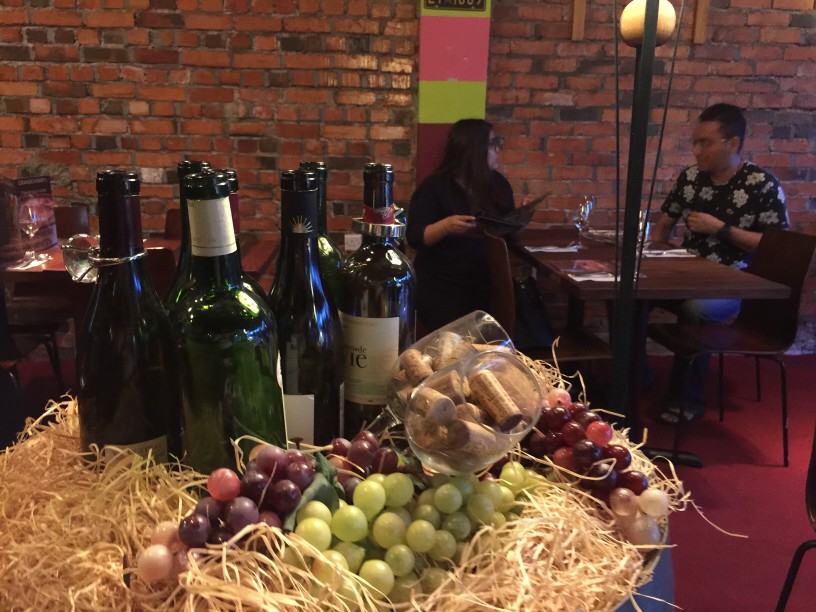Why Do Restaurants Mark Up Wine So Much?
You may be wondering why the average markup for a bottle wine at a restaurant is so high. Restaurants have to factor in taxes and alcohol laws, but the per-ounce markup is still 300%. This is a ridiculous amount, and many consumers are frustrated by it. But what can you do? Here are some tips.
Average markup
Wine is an expensive beverage, so restaurants often mark up bottles by about 200 percent to 400 percent over the wholesale price. Restaurants typically don’t pay retail price for wine, but instead buy it from B2B wine sellers who mark it up lower. A $20 bottle of wine might sell for $60-$80 in a restaurant, but could be sold at 400 percent in a restaurant that specializes only in expensive wines.

A bottle of wine at a restaurant costs 300%
A typical bottle of wine at a restaurant is thirty times its cost, with a markup as high as 300%. This may seem like an excessive amount, but it isn’t when you compare it with the markup that restaurants add to an ounce liquor. A bottle of wine can be sold at a restaurant for up to $400% more than its retail price. This markup isn’t uncommon – some restaurants even mark wine up to four times its retail price.
Taxes and alcohol laws affect prices
The current taxation regime of alcohol has increased the relative price of wine by 37 percent since 1991. This increase has slowed down heavy consumption and the rate of hospital admissions related to alcohol. However, the taxation policies have also decreased the profitability of alcohol producers by reducing the regressivity of the federal tax code. Alcohol producers are therefore increasingly looking for new ways to boost their profits, such as raising their minimum price threshold.
Flexible pricing
The Pennsylvania Liquor Control Board is responsible for setting retail prices for alcohol and wine. The policy has been in place for three years. The PLCB recently testified in the House Liquor Control Committee on a bill to repeal the provision. This provision was included in reforms to Pennsylvania’s liquor laws that allowed beer and wine to be sold at gas stations and grocery stores. Under the new policy, the state liquor board determines the retail markup for bottles of wine.
Public expectations
It is common for restaurateurs to mark up their wine prices to meet consumer expectations. Restaurants do this to increase cash margins and keep diners engaged. Others do this to attract new customers or maximize their gross margin. Restaurants have many reasons to offer wine on their menu. Restaurants need to be aware of the fact that wine lists have high expectations from the public. Restaurants should strive to offer a wine list that is appropriate for the ambience and mood of the dining area.